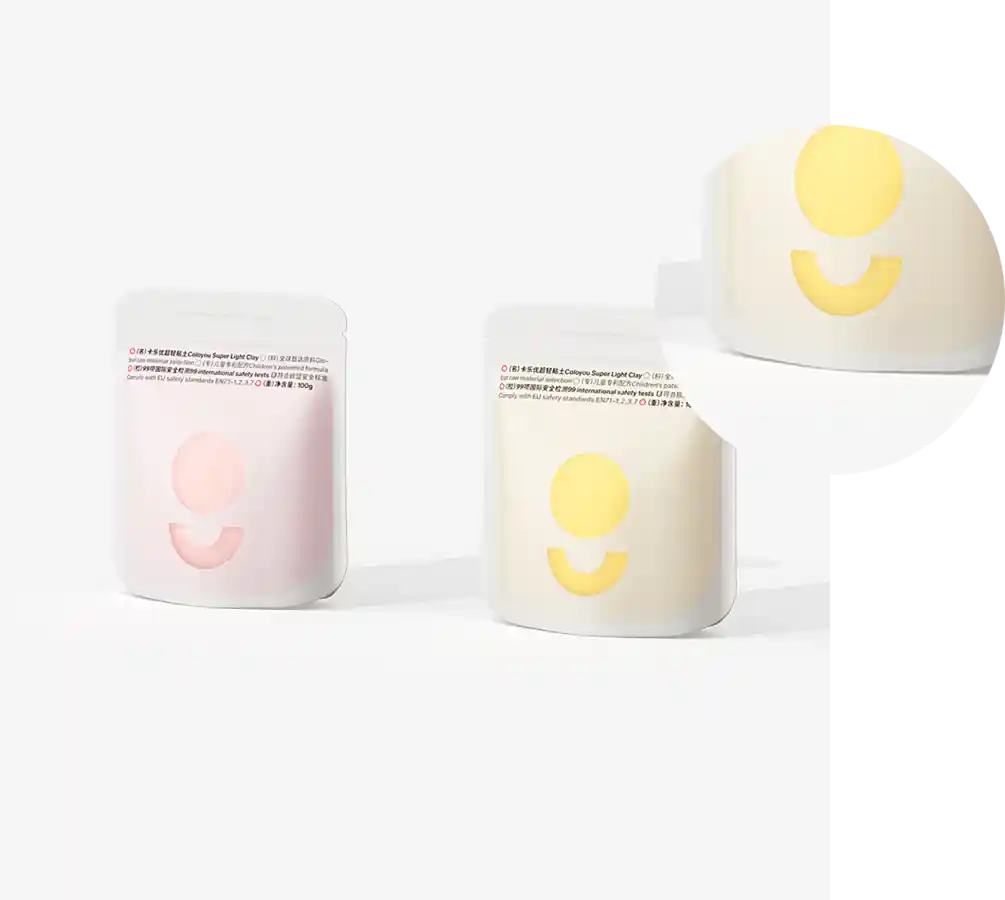- Afrikaans
- Albanian
- Amharic
- Arabic
- Armenian
- Azerbaijani
- Basque
- Belarusian
- Bengali
- Bosnian
- Bulgarian
- Catalan
- Cebuano
- chinese_simplified
- chinese_traditional
- Corsican
- Croatian
- Czech
- Danish
- Dutch
- English
- Esperanto
- Estonian
- Finnish
- French
- Frisian
- Galician
- Georgian
- German
- Greek
- Gujarati
- haitian_creole
- hausa
- hawaiian
- Hebrew
- Hindi
- Miao
- Hungarian
- Icelandic
- igbo
- Indonesian
- irish
- Italian
- Japanese
- Javanese
- Kannada
- kazakh
- Khmer
- Rwandese
- Korean
- Kurdish
- Kyrgyz
- Lao
- Latin
- Latvian
- Lithuanian
- Luxembourgish
- Macedonian
- Malgashi
- Malay
- Malayalam
- Maltese
- Maori
- Marathi
- Mongolian
- Myanmar
- Nepali
- Norwegian
- Norwegian
- Occitan
- Pashto
- Persian
- Polish
- Portuguese
- Punjabi
- Romanian
- Russian
- Samoan
- scottish-gaelic
- Serbian
- Sesotho
- Shona
- Sindhi
- Sinhala
- Slovak
- Slovenian
- Somali
- Spanish
- Sundanese
- Swahili
- Swedish
- Tagalog
- Tajik
- Tamil
- Tatar
- Telugu
- Thai
- Turkish
- Turkmen
- Ukrainian
- Urdu
- Uighur
- Uzbek
- Vietnamese
- Welsh
- Bantu
- Yiddish
- Yoruba
- Zulu
Creating an Innovative Packaging Solution for Modern Products and Brands
The Art of Packaging More Than Just a Container
In an age driven by consumerism and instant gratification, the significance of packaging cannot be overstated. Packaging is not merely a way to encase a product; it is an intricate art form that serves as the first point of contact between the consumer and the brand. Effective packaging can influence purchasing decisions, enhance brand recognition, and even contribute to sustainability efforts. This article delves into the multifaceted role of packaging, exploring its design, functionality, and impact on consumer behavior.
The design of packaging is paramount in shaping a product's image. It is often said that we eat with our eyes first, and this adage extends to all consumer products. Whether it’s the vibrant colors of a cereal box or the elegant simplicity of a perfume bottle, the aesthetic appeal of packaging can captivate potential buyers. Companies invest significant resources into creating visually appealing packaging that aligns with their brand identity. Graphic designers, marketers, and product developers collaborate to craft packaging that tells a story, evokes emotions, and resonates with the target audience.
The Art of Packaging More Than Just a Container
Beyond aesthetic considerations, packaging must also be functional. It should protect the product during transit and storage, ensuring that it reaches the consumer in perfect condition. Durable and secure packaging can make a significant difference in reducing product returns and enhancing customer satisfaction. Moreover, practical design features such as easy-open mechanisms, resealable bags, and portion-control packaging cater to the convenience-seeking nature of modern consumers.
packaying

Innovative packaging solutions contribute to improved user experiences. For example, many beverage companies have adopted sleek, ergonomic bottle designs that fit comfortably in a consumer’s hand while providing a visually appealing appearance on the shelf. These design choices are not just about aesthetics but are rooted in the understanding of consumer behavior and preferences.
However, the conversation surrounding packaging is increasingly being shaped by environmental concerns. With rising awareness of sustainability, consumers are more discerning about the packaging choices brands make. Eco-friendly materials, such as biodegradable plastics, recycled paper, and minimalist designs, are gaining traction. Brands that prioritize sustainable packaging not only help reduce their environmental footprint but also position themselves favorably in the eyes of environmentally conscious consumers. For example, Unilever has made significant strides in reducing plastic waste by committing to using recyclable or reusable packaging for its products.
Furthermore, sustainable packaging is often complemented by clear communication on the product itself. Labels that educate consumers about the recycling process or the materials used promote transparency and encourage responsible consumption. As more consumers seek to make ethical purchasing decisions, brands that embrace sustainable packaging practices can differentiate themselves in the market.
Lastly, packaging plays a crucial role in the digital shopping landscape. As e-commerce continues to expand, the significance of packaging in the post-purchase experience has grown. Unboxing has become a phenomenon in itself, often shared on social media platforms, influencing others' buying decisions. Packaging that is visually appealing and provides a delightful unboxing experience can lead to increased brand visibility and customer engagement. Companies like Apple have mastered the art of unboxing, creating a luxurious experience that turns the act of opening a product into a memorable occasion.
In conclusion, packaging is a vital component of product strategy that extends far beyond its fundamental purpose of containment. It combines art and functionality while addressing contemporary consumer concerns, such as sustainability and convenience. As brands continue to innovate and adapt to changing consumer preferences, the role of packaging will only become more integral to their success. Ultimately, effective packaging not only serves as a protective shell but also as a powerful marketing tool, creating a lasting impression that can turn first-time buyers into loyal customers.













